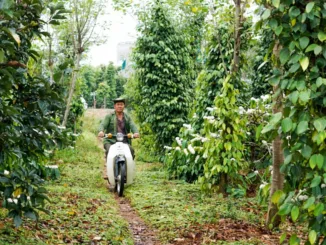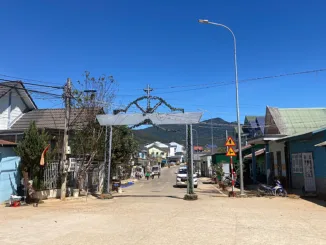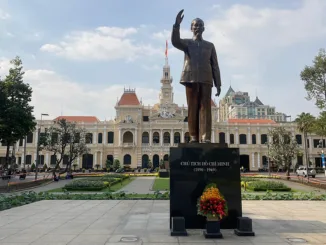
We explore the history of coffee in Vietnam and how the industry’s perception of Vietnamese coffee is evolving.
BY EMILY MENESES
BARISTA MAGAZINE ONLINE
Featured photo by frank mckenna via Unsplash
What do you think of when you hear the term “Vietnamese coffee”? For Kim Dam, founder of Portland Cà Phê, it extends far beyond cà phê sua dá—the combination of condensed milk and dark roast coffee that comes to mind for most. Kim roasts and offers coffee exclusively sourced from Vietnam, shining a light on the beauty of Southeast Asian varieties. Today, we’re exploring how coffee production got its start in Vietnam and the ways in which production has grown over the centuries.
Origins of Vietnamese Coffee
The history of coffee production in Vietnam is long and storied, beginning in the 1850s with French colonization. In 1857, a French priest brought a solitary arabica tree to Vietnam in the hopes of turning it into a fruitful crop; however, coffee production within the country would come to a complete halt in the 20th Century as a result of the Vietnam War.
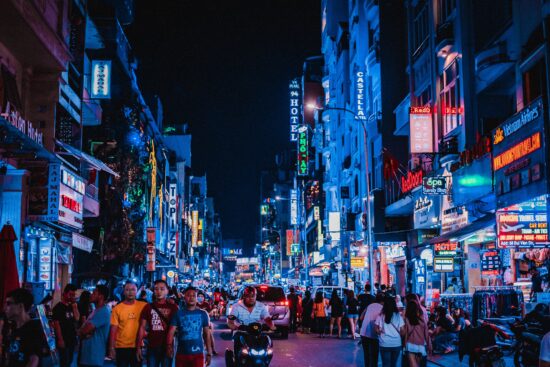
By the time the war ended in 1975, the country’s overall economy had taken a severe downturn. In 1986, the government decided to invest in a select group of crops, including coffee. Throughout the late 1980s and 1990s, Vietnamese coffee production would steadily grow over the years, helping to positively transform the Vietnamese economy.
Coffee Drinking in Vietnam
Today, Vietnam is primarily known for producing robusta coffee—about 95% of the nation’s coffee production is robusta—and overall, the country makes up around 40% of the world’s robusta bean production. If you’ve ever tried traditional Vietnamese coffee, you’ll know that the coffee is typically dark-roasted, then brewed in a phin filter. The coffee is sometimes infused with other ingredients like chicory or corn, and is typically mixed with condensed milk to offset the coffee’s dark and smoky flavor.

Image by Nghia Nguyen via Pixabay.
The use of condensed milk in Vietnamese coffee can be traced back to the 1850s. When coffee first arrived in Vietnam, fresh milk was difficult to find. Condensed milk, which didn’t need to be refrigerated, served as a long-lasting (and great-tasting) alternative. The use of condensed milk in Vietnamese coffee would remain a tradition for generations to come.
Beyond the Yellow Can
When Kim Dam launched Portland Cà Phê in 2020, she had one intention: to change the way consumers saw Vietnamese coffee. Prior to launching her business, Kim had worked as a barista for several years. She noticed the lack of female and POC representation in the industry—especially in Portland. Portland Cà Phê would serve as an outlet for her to share her love of coffee and her Vietnamese roots.
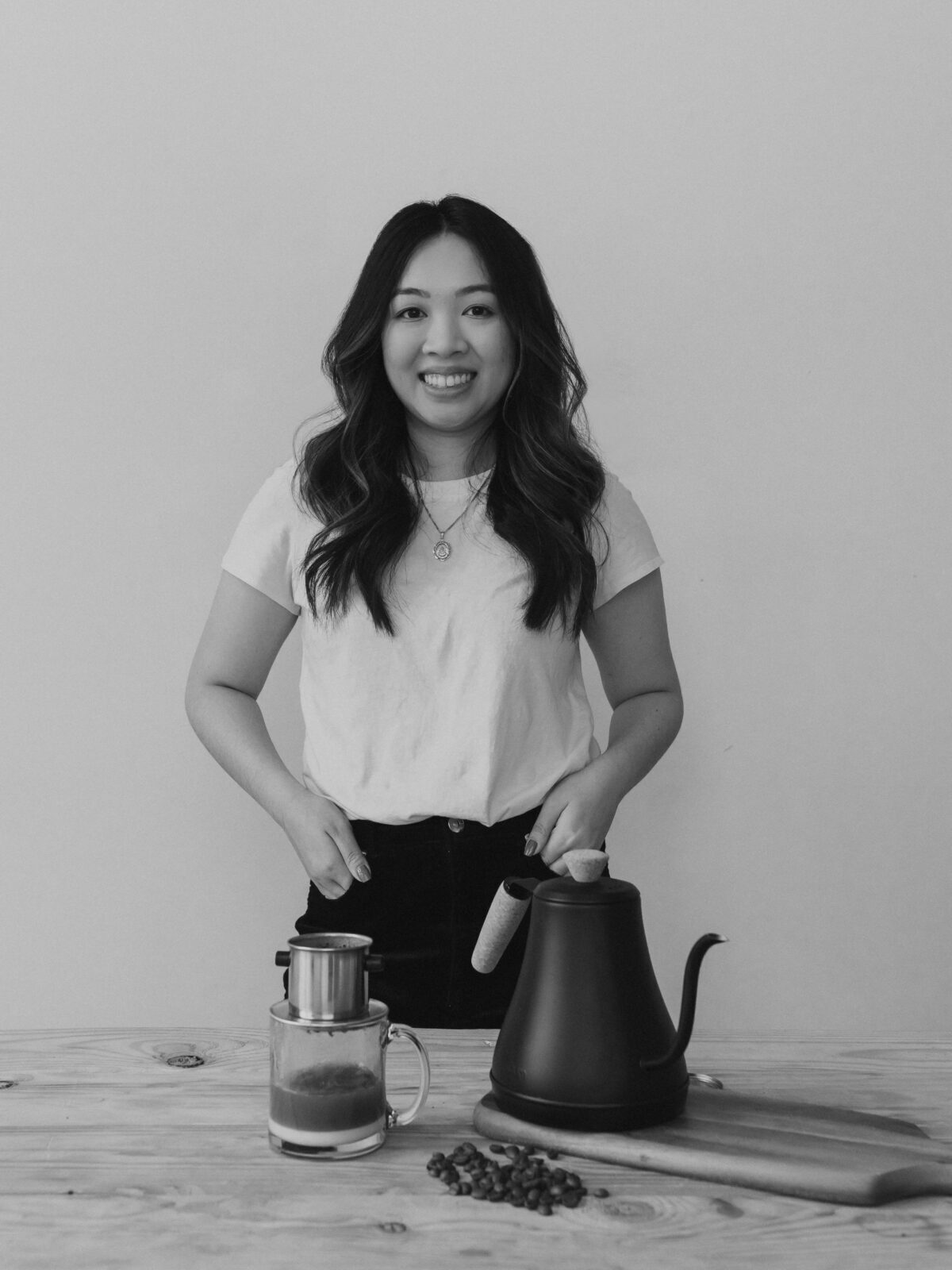
“My parents immigrated from Vung Tau, Vietnam, in the early ’80s. I am a first-gen Vietnamese-American woman. … I am thankful my parents raised me in an environment where I was consistently surrounded by my culture,” Kim shares.
“For as long as I could remember, whenever I had a cà phê sua dá, it was usually always made with Café du Monde—(which is) deeply integrated in the Vietnamese coffee culture here in the states. You can probably find the yellow can in any Vietnamese household,” she continues.
“My family owns a banh mi shop here in Portland, and (on the) days where I would help out, I noticed the gallons of iced coffee we would sell (used) Café du Monde. (At) the same time, I wanted to learn how to roast coffee, and when I found out that there was a local Vietnamese bean supplier here in Oregon, it was just a no-brainer to me to start my roasting journey with this bean. I used a lot of my early roasts to make the coffee at our family’s banh mi shop and received great feedback. We never went back to Café du Monde.”
Shining a New Light on Vietnamese Coffee
Now Portland Cà Phê has two locations—one in Southeast Portland and another in Northeast Portland. They both offer coffees sourced exclusively from Vietnam.
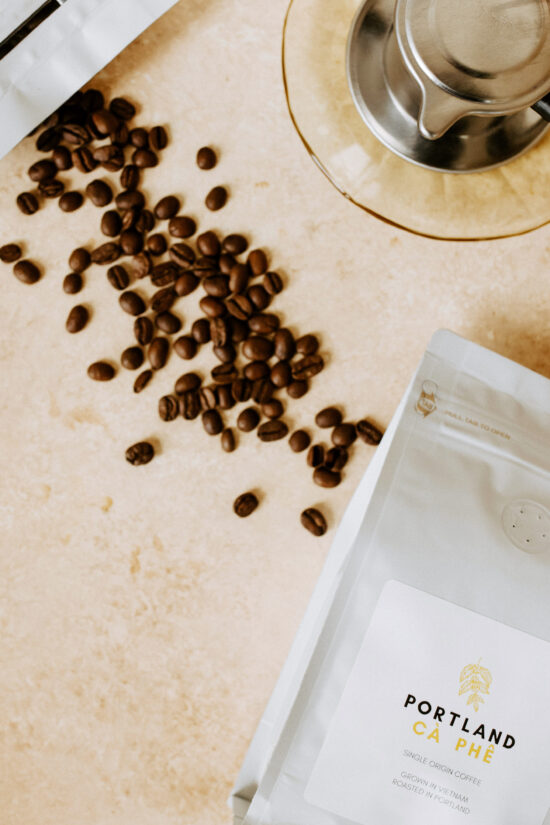
“My options for Vietnamese beans have expanded a lot since I started roasting,” Kim shares. “At first, we only had about three flavor profiles, and now we have about six we use in rotation. The flavor profiles range from bold, smoky, and earthy with dark chocolate (notes) and low acidity, to fruity and floral with milk chocolate notes and high acidity. It really just depends! Note: We serve both arabica and robusta beans at the coffee shop.”
Kim also points out that Vietnamese coffee is so much more than cà phê sua dá. “Iced coffee mixed with sweetened condensed milk has become synonymous with ‘Vietnamese coffee’ here in the states,” she explains, “and I would just like to emphasize that we should not limit that term to one specific drink, because it’s so much more than that—(it’s about the) bean itself and the culture behind it. I’m excited about the future in terms of Vietnamese coffee and love seeing that the Vietnamese coffee movement in America is being largely led by Vietnamese American women.”
ABOUT THE AUTHOR
Based in Los Angeles, Emily Meneses (she/her) is a writer and musician passionate about culture and collective care. You can regularly find her at Echo Park Lake, drinking a cortado and journaling about astrology, art, Animal Crossing, and her dreams.


